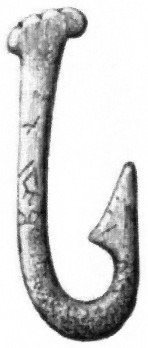Do you want more clients? Having trouble catching them?
Clients are like fish. To catch them, you have to think like a fisherman, figure out where to find them and what they like to eat.
Potato chips may be your favorite food, but if you want to catch trout, you’re going to need some flies. Or at least, something that looks like a fly.
Think about what problems they have, and create posts, ads or ebooks that will attract the sort of people (or businesses) that you want to catch.
Use the right hook
Say you’re an expert on digital photography. That’s a pretty broad area of expertise.
See if you can narrow that down a bit. Who is your audience? Do you help grandparents learn how to take photos of their grandkids? Or, do you help experienced photographers take pictures in tricky light conditions?
Since each group has different needs, they’ll need different hooks. The grandparents might want an ebook on “Digital Photos for Beginners.” The pros will go for “Three Steps to Successful Twilight Photography.”
The right hook gets a response. The wrong one will be ignored. Like a trout that sees a potato chip float by.
(Attention: Yahoo! Putting photos of cars all over your login page won’t get me to buy one. Surely, you can tell that I’m in New York City, where only 25% of the population even owns a car). Wrong hook!





